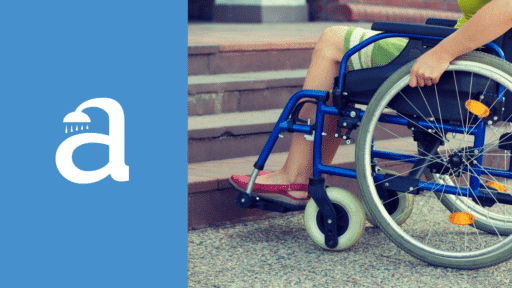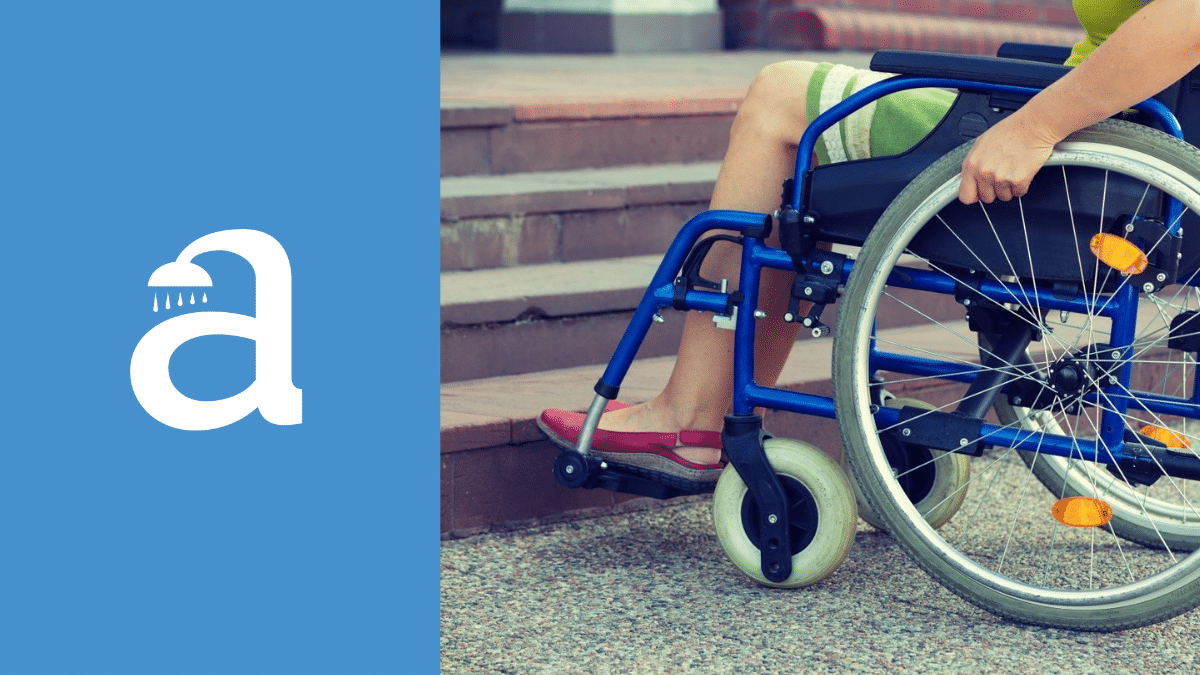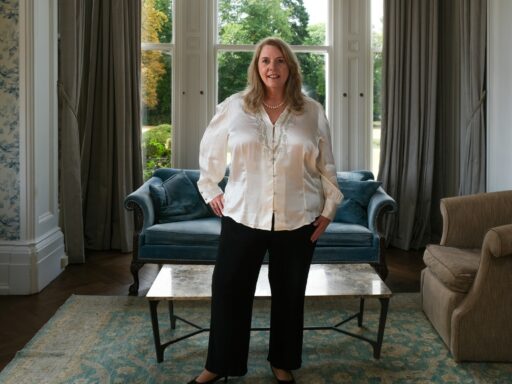Despite repeated pledges from ministers, hundreds of thousands of new-build homes are still failing to include essential design features that enable safe and independent living—leaving older people, disabled individuals, and young families struggling to find suitable accommodation.
Back in 2022, the government pledged to upgrade national housing by adopting M4(2) standard as the minimum requirement for all new homes. This standard includes step-free access, wider doorways, and flexible layouts designed for future adaptation. However, implementation has been slow, and over 300,000 homes have since been constructed to the lower M4(1) standard. An additional 13,000 are estimated to be built each month.
Current building rules only require homes to meet M4(1), or Category 1 standards, which define a property as “visitable”—meaning someone can enter and use a ground-floor toilet. But these homes are not suitable for those with ongoing mobility needs. In contrast, M4(2), or Category 2 homes, offer full step-free access, wider circulation spaces, and design features that allow easy adaptation as needs evolve.
The housing publication Inside Housing recently spotlighted the implications of these delays. Lord Richard Best, co-chair of the All-Party Parliamentary Group on Housing and Care for Older People, described the crisis as “a story of delay and procrastination,” warning that each passing month results in more homes being built that will be inaccessible for generations.
Likewise, Architects’ Journal reported strong backing for M4(2) within the architectural profession, highlighting its benefits for a broad range of people—not only those with disabilities, but also families with small children, visitors using prams, and anyone temporarily less mobile. Architect Amy Francis-Smith urged swifter action to eliminate what she referred to as the “postcode lottery” in accessibility across the UK.
“Accessible design isn’t a luxury; it’s essential,” said Sam Davies, Director at Age Care Bathrooms. “We need homes that support people throughout their lives, not ones that force costly adaptations or premature moves into care.”
Campaigners point out that the cost of building to M4(2) is relatively small—around £1,400 per home—especially when compared to future expenses such as home adaptations or annual care home placements, which can surpass £60,000.
A new petition is now urging the government to make M4(2) the legal baseline for all new residential construction, allowing exemptions only in rare and well-documented circumstances.
Supporters can sign the petition here: https://www.change.org/p/mandate-accessible-housing-now-make-m4-2-the-minimum-standard-for-all-new-homes






